A Unique Option for GFX! Mitakon Speedmaster 65mm f1.4 Lens Review
For more stories like this, please subscribe to the Phoblographer.
In a world where the quest for technical perfection has led to clinical staleness, the Mitakon Speedmaster 65mm f1.4 lens is a breath of fresh air. It arrived on my doorstep in a small, unassuming brown box. Inside was a surprising luxury feeling black box padded with foam which housed a very standard-looking manual focus lens. My first impression wasn’t great. It is heavy and lacks extreme sharpness at its widest aperture. The bokeh this lens produces can resemble something that was painted or added in post-production. However, like all worthwhile relationships, it was a slow burn. The Mitakon 65mm f1.4 makes you work for it, making it all the more satisfying when you nail the shot. The more I used it, the more its quirks grew on me.
Too Long Didn’t Read
The Mitakon 65mm f1.4 lens is a welcome lower cost option among the GFX lineup. Its metal and glass housing is reflected in its heft and comes with a slow shooting pace. Mitakon could have added lens contacts and weather sealing but opted not to. This lens is not geared towards beginners, although focus peaking and magnification are helpful. The lens is full of character and creates beautiful imagery.
Pros and Cons
Pros
- Build Quality
- Metal Housing
- Lens character
- Spectacular sharpness from f5.6 on
- A great cost-effective lens for Fujifilm GFX series, coming at much less than $1,000
Cons
- Quite large and heavy for a prime 65mm medium format lens
- Not for beginners
- Thin depth of field
- Clickless aperture ring
- No lens contacts
Innovations of the Mitakon 65mm f1.4 Lens
The Mitakon 65mm f1.4 lens isn’t a new design. However, it is one of the first affordable lenses for the Fujifilm GFX lineup. By stripping the elements and getting back to basics, the manual focus lens packs a lot of character for the price. Further, it’s also one of the fastest aperture lenses for the GFX camera system.
Gear Used
We tested the Mitakon 65mm f1.4 lens with a Fujifilm GFX 100s camera body.
Tech Specs
Tech Specs are taken from the original product listing.
- 50mm (35mm-equivalent)
- Aperture Range: f/1.4 to f/16
- Manual Focus Design
- Shallow Depth of Field
- Outstanding Bokeh Imagey
- Nine-Bladed Diaphragm
Ergonomics

Light and compact are two words that escape the vocabulary used to describe this lens. The Mitakon Speedmaster is all-metal and quite hefty, especially for long shoot days. It weighs in at just under 2.5lb and measures approximately 3.77 inches. The build quality paired with the mass feels substantial.

It has a combined weight of approximately 4.31 lbs when attached to the Fujifilm GFX 100s and does feel front-heavy. The weight of the lens barrel sits on the palm and isn’t much of an issue for shorter bursts. I would recommend utilizing a neck strap or hand strap of sorts for long sessions, however.

As far as aesthetics are concerned, the Mitakon 65mm f1.4 lens closely resembles that of a Leica lens on a much larger scale. The distance scale and focusing ring are situated closest to the lens mount. Measurements are clearly labeled and come in handy when shooting from a distance. The textured focus ring is located towards the middle of the lens.

The clickless aperture ring is located near the end of the lens and combines smooth and textured metal. At the end of the lens is a built-in lens hood that completely unscrews and attaches to the end of the lens. It is short and gets the job done.
Build Quality

The Mitakon 65mm f1.4 lens consists of an all-metal housing and glass elements. There is a coating on the front of the lens, which does a very decent job at minimizing highlight fringing.
Mitakon missed an opportunity to make this lens great and opted not to. It is not weather-sealed, nor does it claim to be. I would not recommend shooting this lens where there is sure to be a lot of moisture. At this price point, I think people would happily pay the extra money for a weather-sealed version of this lens.
Focus

The Mitakon Speedmaster is a manual focus 65mm lens. The f1.4 makes it easy to assume that focusing is fast. Contrarily, I found achieving focus with this lens to be a slower process. While I appreciate the pace of manual focus, it’s not a lens that you can set focus on a subject and shoot multiple frames. I found myself needing to recompose after every 1-2 shots, especially under f2.8. More often than not, that second frame missed focus, although it was very usable.

The 65mm lens lets you achieve focus at .7 meters (2.29 feet) away from the subject. This is ideal for capturing detail shots as well as those closer, intimate feeling portraits. Changing gears from close-up shots to an infinity-focused image is not a fast process at lower apertures. This was made more accessible by stopping down, making it very suitable for landscape photography.
Ease of Use

The Mitakon Speedmaster is not for beginners. In fact, you need to be pretty well versed with zone focusing and forget about auto mode. There is a definite learning curve when becoming acquainted with this manual focus 65mm lens. It requires a lot of patience and the pace of using this lens is slow, methodical even.
The clickless aperture is very easy to bump when focusing and recomposing. Focus peaking with magnification helps to simplify the process.
This lens does not have contacts, and there were complaints of slow camera feedback with other GFX camera bodies. I did not run into this issue. The Fujifilm GFX 100s provided instant feedback through the electronic viewfinder when this occurred.

In my quest to find a preferred balance of focus and bokeh, I found myself getting more creative with this lens. My curiosity took over, and I was experimenting with motion, varying angles, and longer shutter speeds. I was purposefully shooting images that were slightly out of focus because it piqued my interest. I had a lot of fun getting to know this lens. If you have the time, patience, and skill set, you will really enjoy this lens.
Image Quality
Bokeh
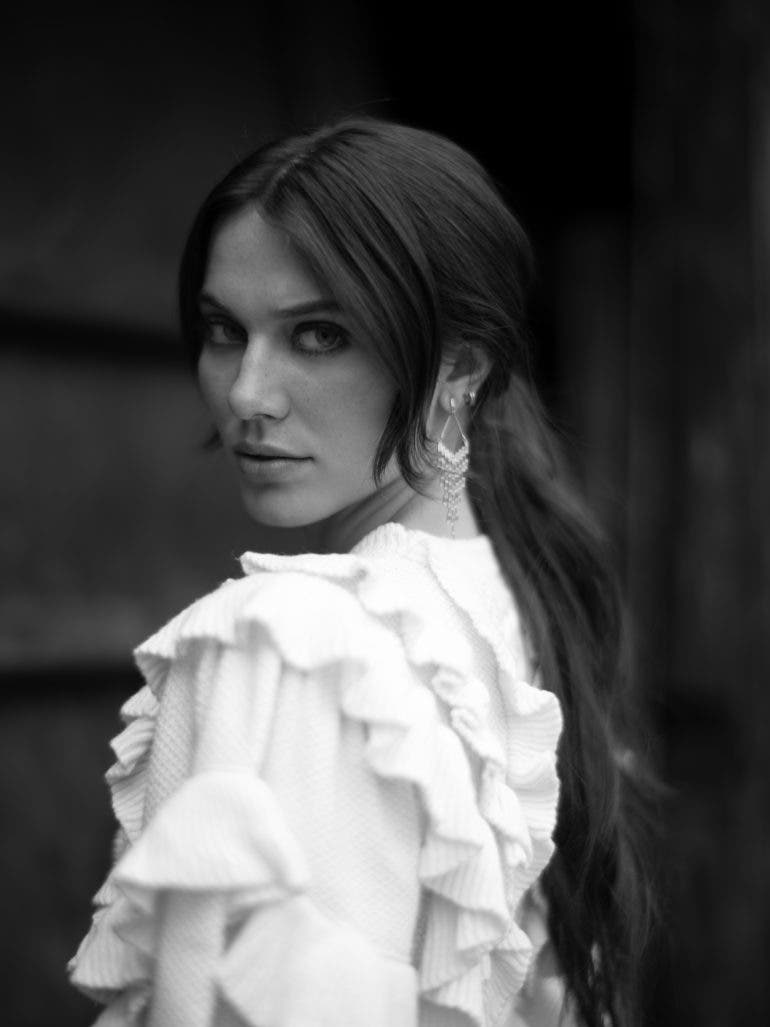
The bokeh produced by the Mitakon 65mm f1.4 is stunning when you nail focus at f1.4. It becomes more painterly, and some elements of the image look more like brush strokes when stopping down. At times, the bokeh looks like it could have been created in post-production when there is a lot of separation from the background.
Sharpness
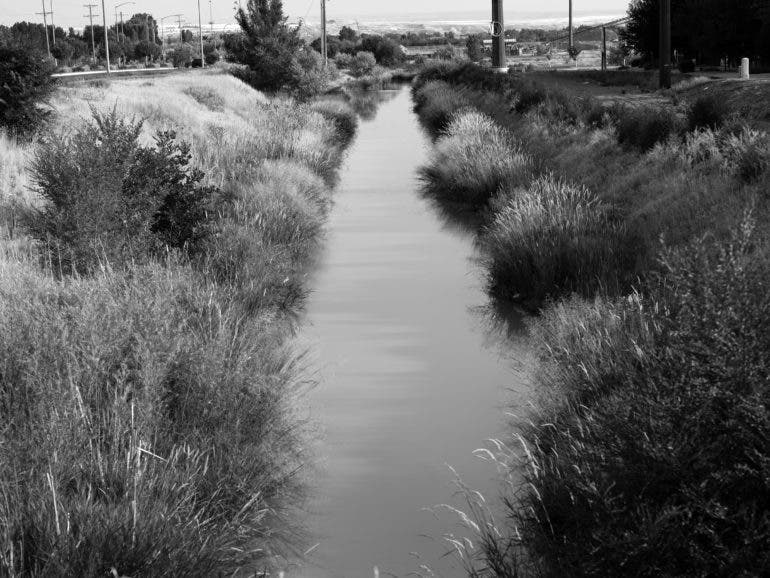
If you are looking for a lens where the entire subject is consistently tack sharp at f1.4, this isn’t it. I wouldn’t recommend shooting under f2.8 for close-up detail shots or portraits. It’s not that it isn’t possible with proper distance. It requires a lot of practice and skill to nail focus at f1.4 with this lens. is it camera shake?
The Mitakon 65mm f1.4 hits its stride from f5.6 on, creating images that are sharp from edge to edge at further distances. When shooting fashion, f5.6 was a great aperture to accentuate the model while maintaining details of the garments and accessories.
Lens Character

This lens is the antithesis of clinical. The Mitakon 65mm f1.4 lens packs a lot of character for its low price tag among the lenses available for the Fujifilm GFX cameras. Its 65mm focal length is the equivalent of a 50mm for 35mm systems. In fact, according to MMCalc, it’s around 51mm f1.1. It can provide the creamiest bokeh in ideal circumstances when wide open and sharpness that spans the entire frame when stopped down.
The circular bokeh elements also become more geometrical in shape when stopped down. Understandably, this characteristic may be an acquired taste.

The lens produces lens flare as well as the light star beams if and when you want it. There is also a slight vignetting. The lens coating on the Mitakon 65mm f1.4 lens does an excellent job of minimizing highlight fringing.
Color Rendering

When it comes to shooting with Fujifilm, Classic Chrome is my favorite simulation. It is a very balanced formula that produces true-to-life images without the need for heavy post-processing. I found the Mitakon 65mm f1.4 lens accentuated everything I enjoy with this simulation without overdoing it. Skin tones are very pleasing, and the colors created in the vignetting aren’t overly saturated or contrasty. If you want more contrast, you will most likely need to add it in post-production
Extra Image Samples
From day one, the Phoblographer has been huge on transparency with our audience. Nothing from this review is sponsored. Further, lots of folks will post reviews and show lots of editing in the photos. The problem then becomes that anyone and everyone can do the same thing. You’re not showing what the lens can do. So we have a whole section in our Extra Image Samples area to show off edited and unedited photos. From this, you can make a decision for yourself.
Edited
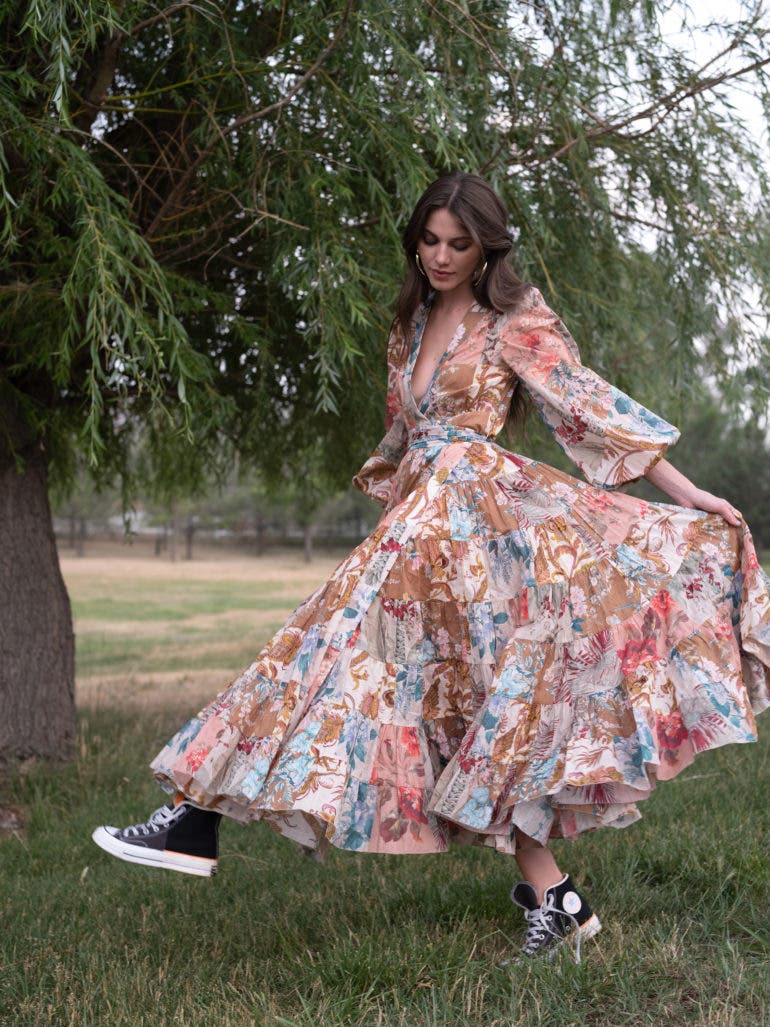

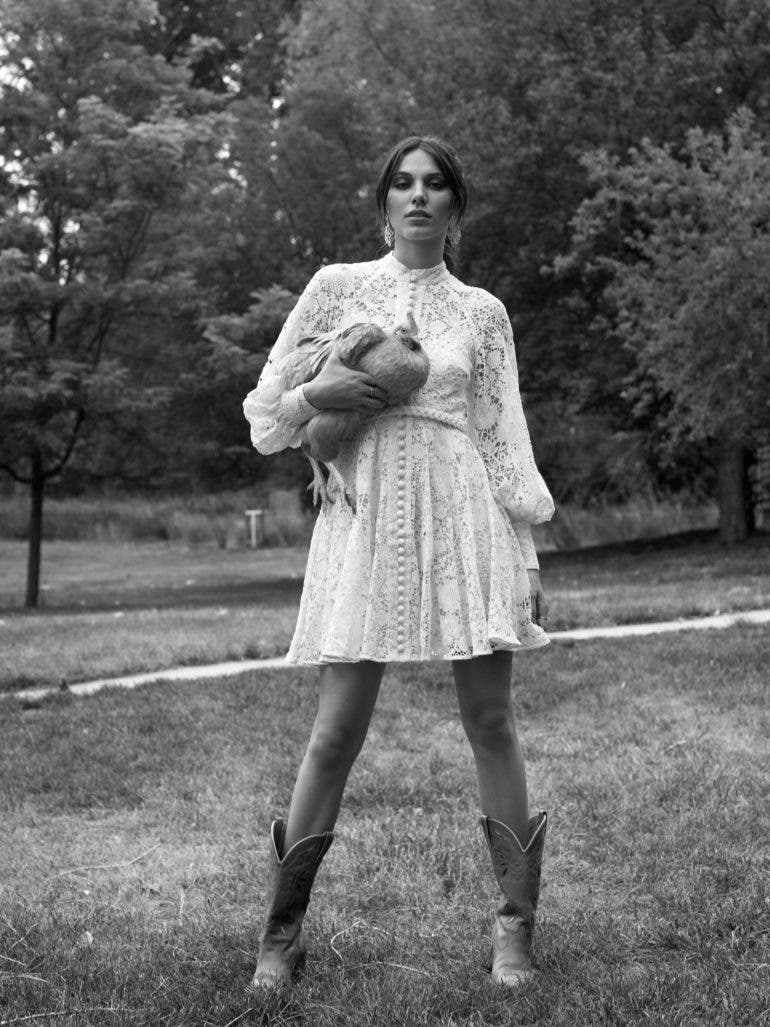
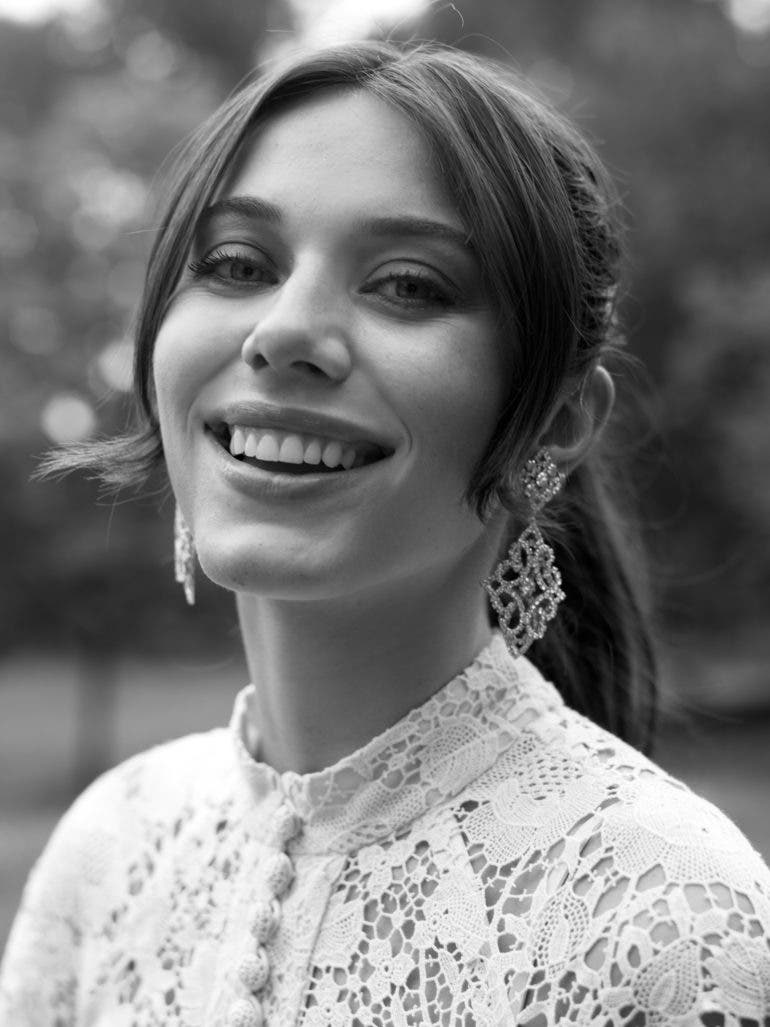







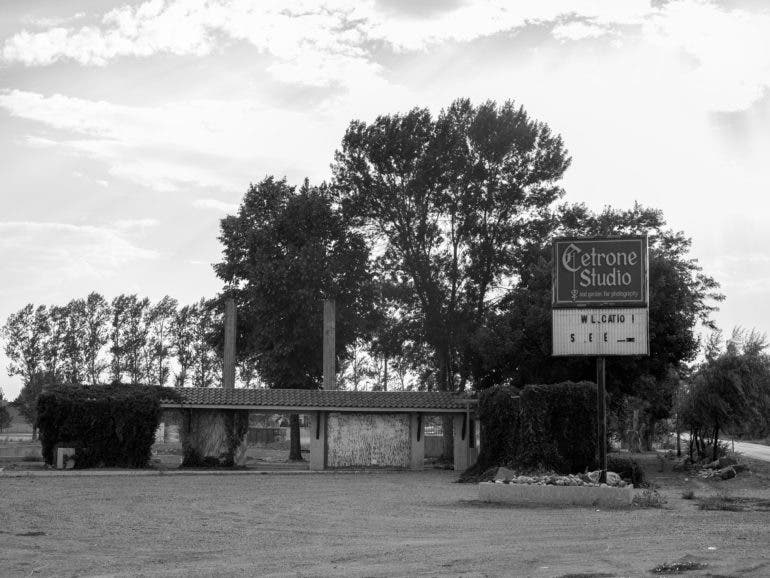
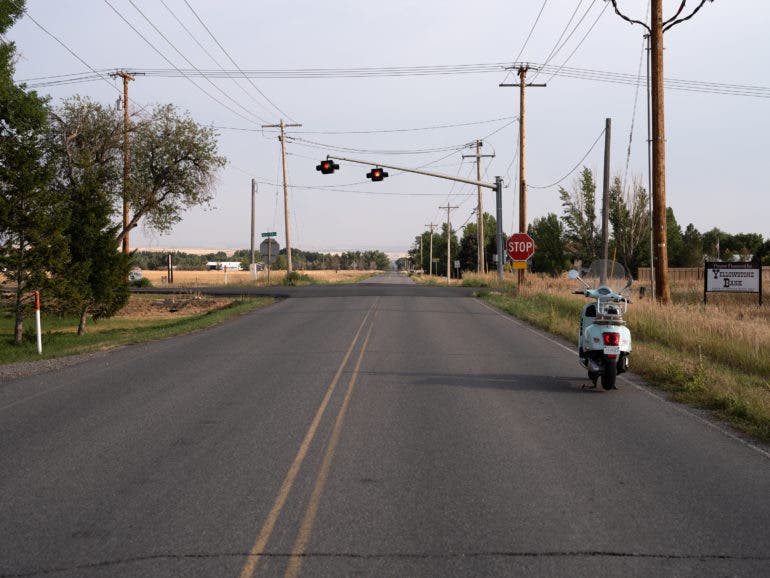








Unedited











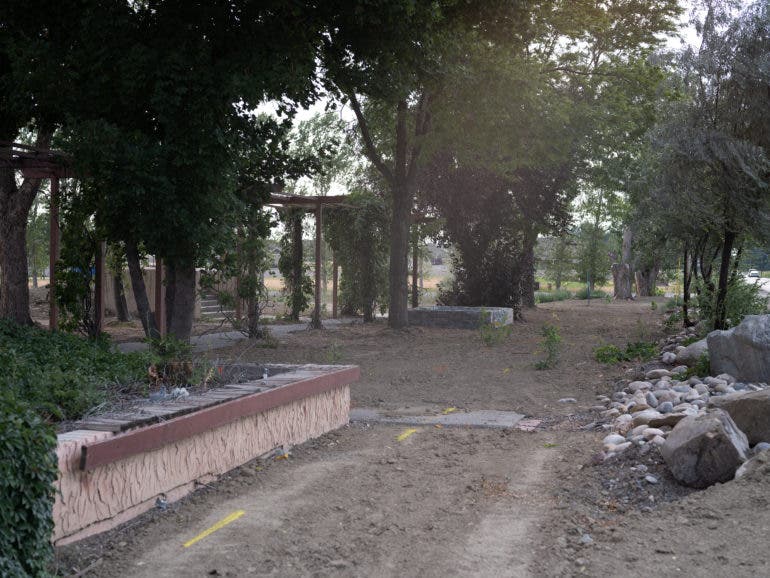
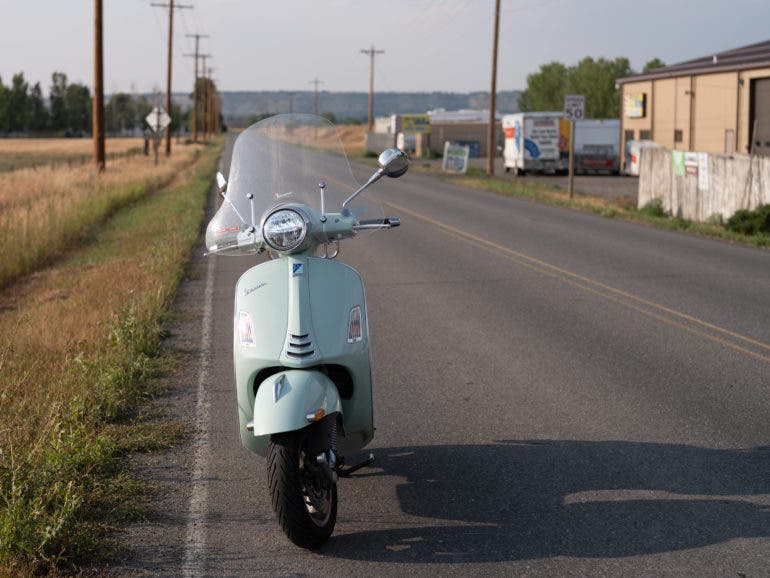




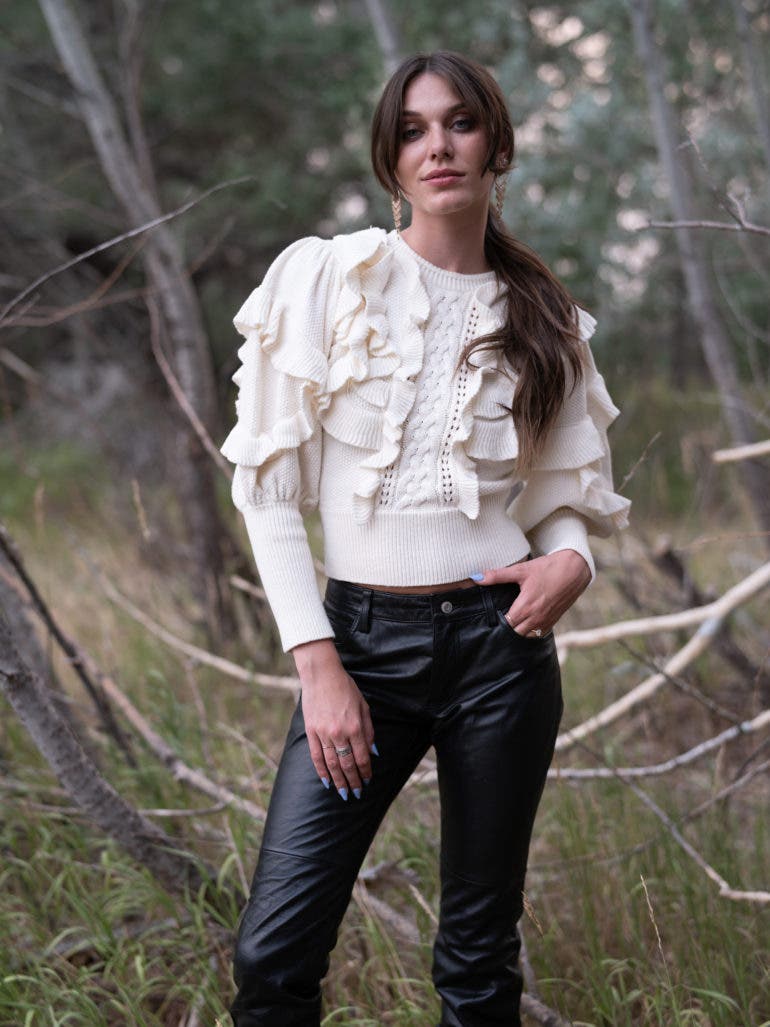


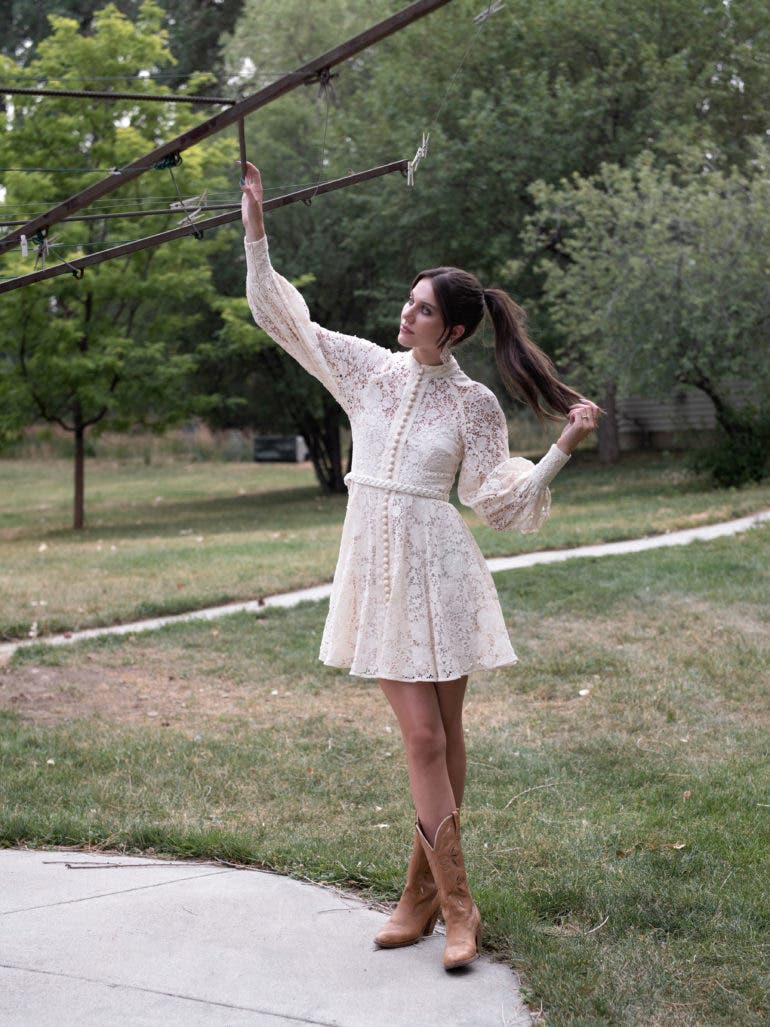

Conclusions of the Mitakon 65mm f1.4 Lens
Likes
- Beautiful and unique bokeh
- Unique lens character
- Great contrast
- Versatile for a variety of applications
- Relatively inexpensive lens for Fujifilm GFX
Dislikes
- It’s heavy and quite large for a 65mm lens
- We wish they had opted for lens contacts
- It’s not weather sealed
I think the Mitakon 65mm f1.4 lens has a lot going for it. It also has notable room for improvement. They missed an opportunity by omitting weather sealing and lens contacts. Photographers would have gladly paid for it. The lens also creates a look that will not be appreciated by everyone, and that’s okay. It is far from clinical and doesn’t rely on extra contrast to appear sharper than it is. Additionally, it is not a lens for anyone who likes to spray and pray.
If you have the patience to become accustomed to the nuances of this lens, its heavy girth is worth the lower price point. As with anything, it becomes easier and quicker to use with practice. The versatile focal length is ideal for a variety of applications, and the character provided by this lens inspires a lot of creativity. The Mitakon 65mm f1.4 lens is a welcome choice within the Fujifilm GFX lineup.

The Mitakon 65mm f1.4 lens receives four out of five stars. Want to pick one up? Check them out on Amazon.